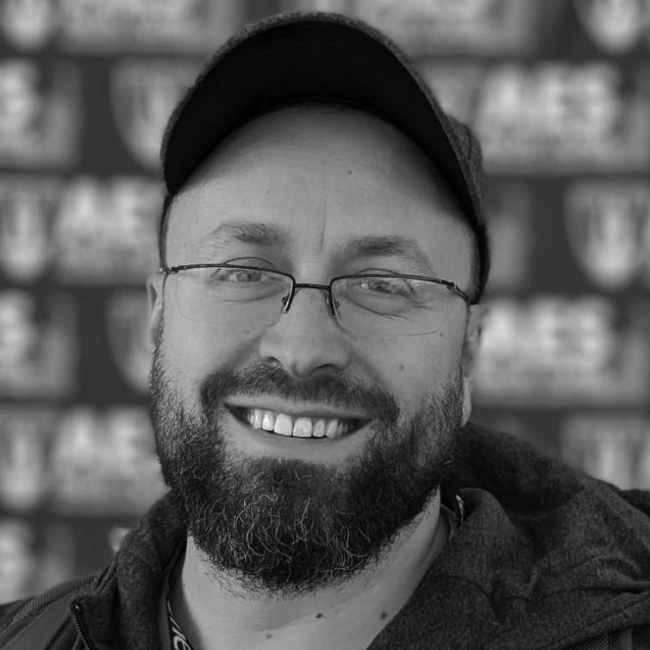17.11.2020
Przemysław Danowski on his lecture:
Antonin Artaud was the first to use the phrase “virtual reality” in his manifesto “Theatre of Cruelty” (“Le Théâtre de la cruauté”, 1932), in reference to the way of organising performative space. He also described an auteur vision of sound and musical instruments in this new type of theatre: “They will be treated as objects and as part of the set. Also, the need to act directly and profoundly upon the sensibility through the organs invites research, from the point of view of sound, into qualities and vibrations of absolutely new sounds, qualities which present-day musical instruments do not possess and which require the revival of ancient and forgotten instruments or the invention of new ones. Research is also required, apart from music, into instruments and appliances which, based upon special combinations or new alloys of metal, can attain a new range and compass, producing sounds or noises that are unbearably piercing”. [Antonin Artaud, “The Theatre and Its Double”, translated from the French by Mary Caroline Richards, Grove Weidenfeld, New York, copyright © 1958 by Grove Press, Inc., original edition: “Le Théâtre et son double”, 1938].
The popularisation of immersive technologies gave rise to a promise of new forms of sensual audiovisual work perception. In the area of sound, that promise concerns i.a. related spatial perception options. After years of loudspeaker systems – such as stereo or surround sound – the reception of audio compositions in ways resembling the natural hearing process has become taxing for numerous recipients, and troublesome for authors used to established production methods. Shortage of standardisation, poor availability of playback equipment, a limited selection of valuable productions – all are symptoms of a very early development stage in the area. Concurrently, all these difficulties mean that contemporary creators can enjoy considerable freedom and capacity in seeking new forms of expression. The abandonment of traditional models stemming from screen forms allows an untethered reach for the unknown, and an exploration of the sensory-motoric loop of experiencing sound. Virtual environments feature specific limitations associated with state-of-the-art technology capacities, as proven in particular by attempts to mimic reality – yet already today, they allow a process of creating worlds based on completely arbitrary sets of rules, owing to which artists can implement the vision proposed by Artaud by developing assorted objects simultaneously forming part of virtual sets – and musical instruments performers or participants of experiences can play in ensembles.
The presentation will showcase directions of activities organised in assorted sound-related disciplines in virtual environments, all based on the artist’s practical experience in areas of immersive documentaries, the audio layer in VR 6DoF experiences, and performances involving VRMIs (Virtual Reality Music Instruments).


